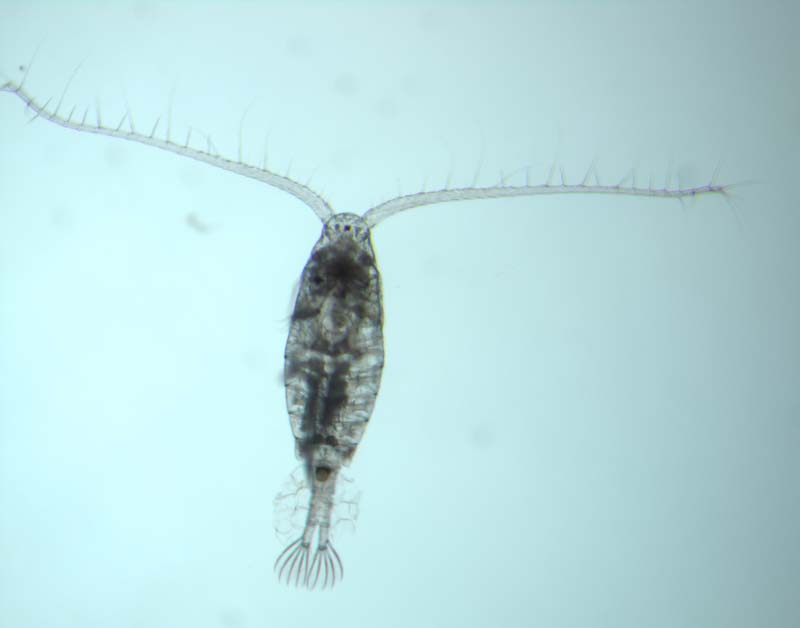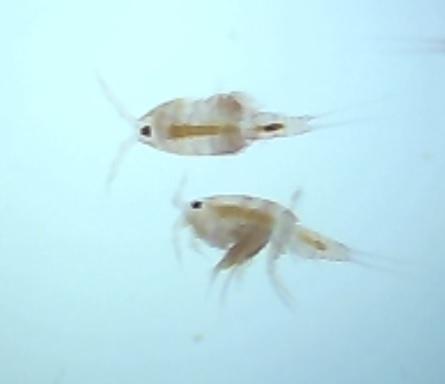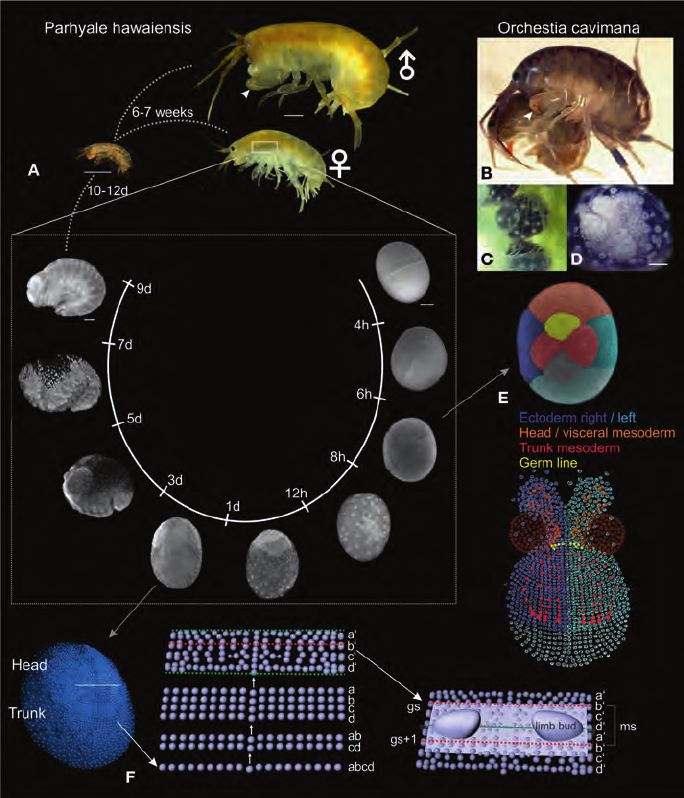I found these pods in a fishless tank at a local store and they let my siphon some off. They continued to thrive in my refugium until I had to take it down for a move.
Their swimming pattern is quite distinct and they seem to prefer low flow zones of refugia or bottom corners of fishless tanks:
@Reef Nutrition, Chad, do you have any idea which species this could be and how to culture them in numbers? They are not actually benthic in the sense that the crawl on the substrate but they seem to like being close to a substrate or other structured they can use for shelter.
They seem to be calanoid.
Their swimming pattern is quite distinct and they seem to prefer low flow zones of refugia or bottom corners of fishless tanks:
@Reef Nutrition, Chad, do you have any idea which species this could be and how to culture them in numbers? They are not actually benthic in the sense that the crawl on the substrate but they seem to like being close to a substrate or other structured they can use for shelter.
They seem to be calanoid.



















